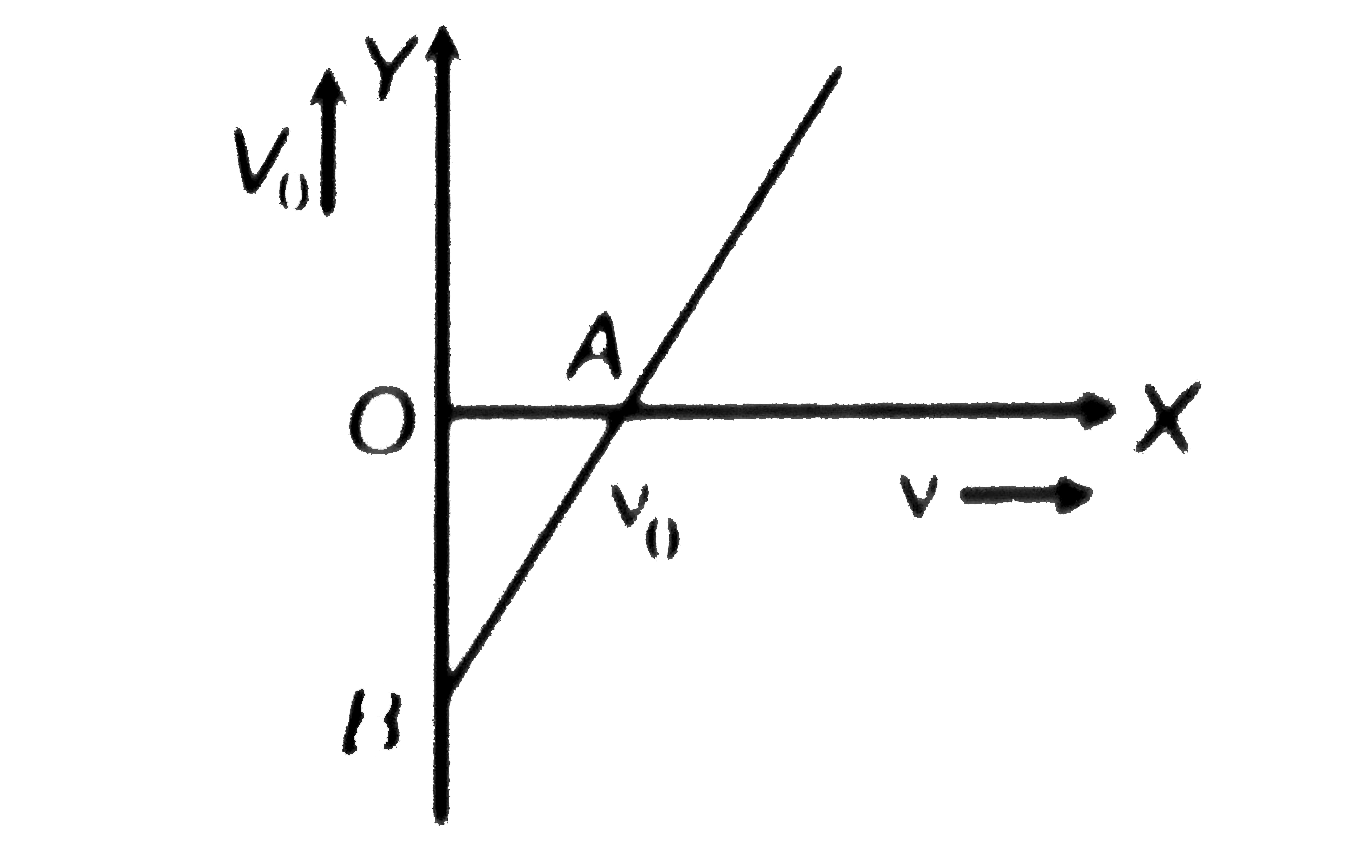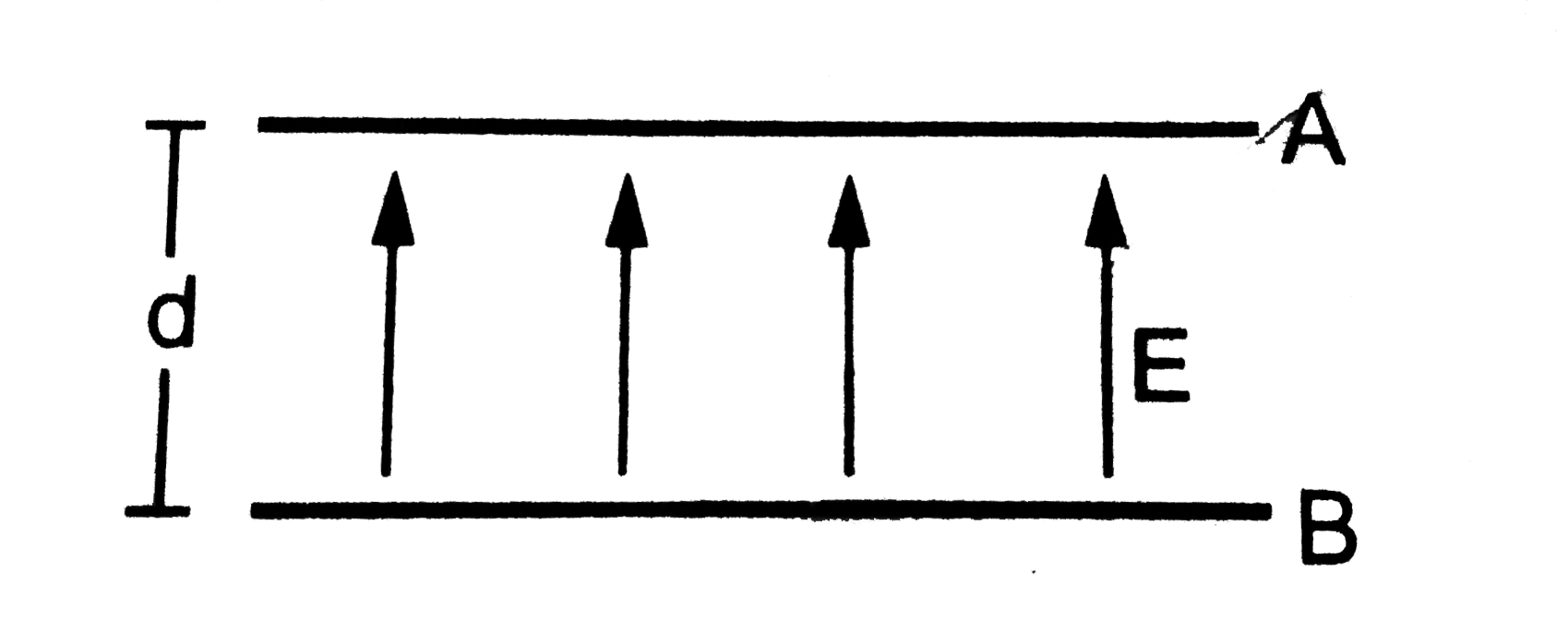In an experiment on photoelectric effect, the emitter and the collector plates are placed at a separation of 10cm and are connected through an ammeter without any cell. A magnetic field B exists parallel to the plates. The work function of the emitter is 2.39 e V and the light incident on it has wavelengths between 400nm and 600nm. Find the minimum value of B for which the current registered by the ammeter is zero. Neglect any effect of space charge.

The correct Answer is:57
Step by step video & image solution for In an experiment on photoelectric effect, the emitter and the collector plates are placed at a separation of 10cm and are connected through an ammeter without any cell. A magnetic field B exists parallel to the plates. The work function of the emitter is 2.39 e V and the light incident on it has wavelengths between 400nm and 600nm. Find the minimum value of B for which the current registered by the ammeter is zero. Neglect any effect of space charge. by Physics experts to help you in doubts & scoring excellent marks in Class 12 exams.
Updated on:21/07/2023Topper's Solved these Questions
- ATOMIC PHYSICSBOOK - RESONANCE ENGLISHCHAPTER - ATOMIC PHYSICSEXERCISE - Exercise-2 part-III one or more than one options correct type
14 Videos
- ATOMIC PHYSICSBOOK - RESONANCE ENGLISHCHAPTER - ATOMIC PHYSICSEXERCISE - Exercise-2 Part-III : Comprehension
12 Videos
- ATOMIC PHYSICSBOOK - RESONANCE ENGLISHCHAPTER - ATOMIC PHYSICSEXERCISE - Exercise (2) Only one option correct type
30 Videos
- ALTERNATING CURRENTBOOK - RESONANCE ENGLISHCHAPTER - ALTERNATING CURRENTEXERCISE - HIGH LEVEL PROBLEMS
11 Videos
- CAPACITANCEBOOK - RESONANCE ENGLISHCHAPTER - CAPACITANCEEXERCISE - High Level Problems
16 Videos
Similar Questions
In a photocell the plates P and Q have a separation of 5 cm, which are connected through a galvanometer without any cell. Bichromatic light of wavelengths 4000Å and 6000Å are incidenton plate Q whose work- functionis 2.39 eV. If a uniform magnetic field B exists parallel to the plates, find the minimum value of B for which the galvanometer shows zero deflection.
View SolutionThe work function of a photoelectric material is 4.0 e V. (a) What is the threshold wavelength? (b) find the wavelength of light for which the stopping potential is 2.5 V.
View SolutionWhite light is a mixture of light of wavelengths between 400 nm and 700 nm. If this light goes through water (μ=1.33) what are the limits of the wavelength there ?
View SolutionIn an experiment on photoelectric effect the frequency f of the incident light is plotted against the stopping potential V0. The work function of the photoelectric surface is given by ( e is the electronic charge)

View SolutionThe anode plate in an experiment on photoelectric effect is kept vertically above the cathode plate. Light source is put on and a saturation photocurrent is recorded. An electric field is switched on which has vertically downward direction
View SolutionFigure shows two metallic plates A and B placed parallel to each other at a seperation d. A uniform electric field E exists between the plates in the direction from plate B to plate A. Find the potential difference between the plates.

View SolutionBichromatic light is used in YDSE having wavelengths λ1=400nm and λ2=700nm Find minimum order of λ1 which overlaps with λ2
View SolutionA parallel -plate capacitor with the plate area 100cm2 and the separation between the plate 1.0cm is connected across a battery of emf 24 volts .Find the force of attraction between the plates.
View SolutionVisible light has wavelengths in the range of 400 nm to 780nm. Calculate the range of energy of the photons of visible light.
View SolutionWhen light of wavelength 300nm (nanometer) falls on a photoelectric emitter, photoelectrons are emitted. In another emitter however light of 600nm wavelength is sufficient for creating photoemission. What is the ratio of the work functions of the two emitters ?
View Solution